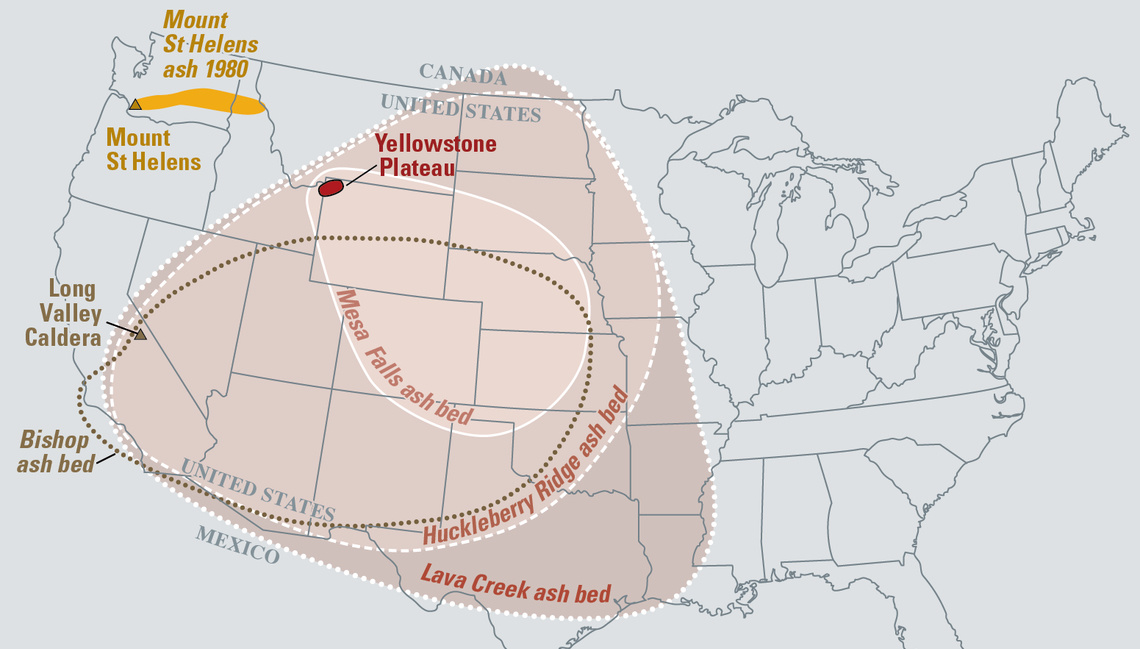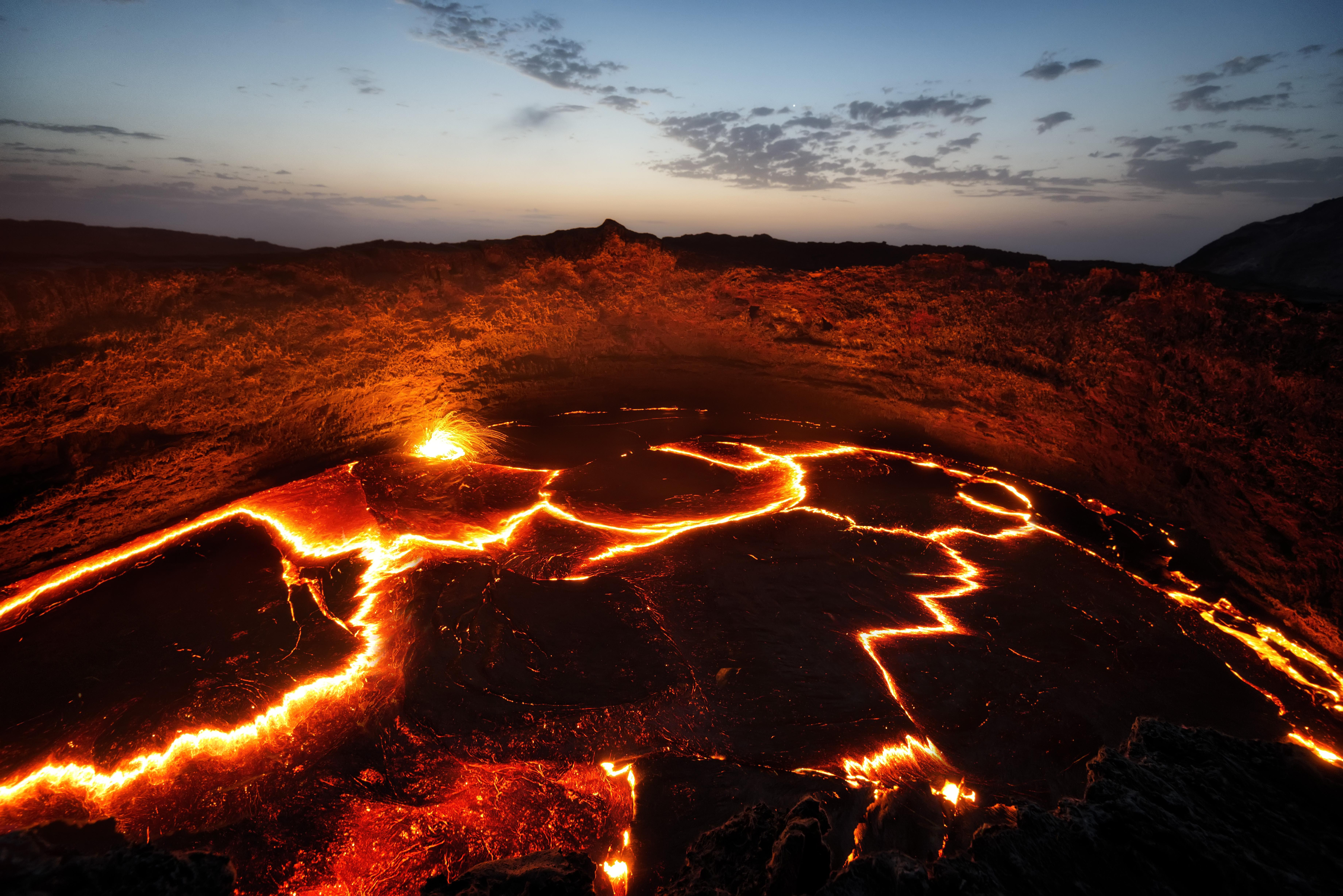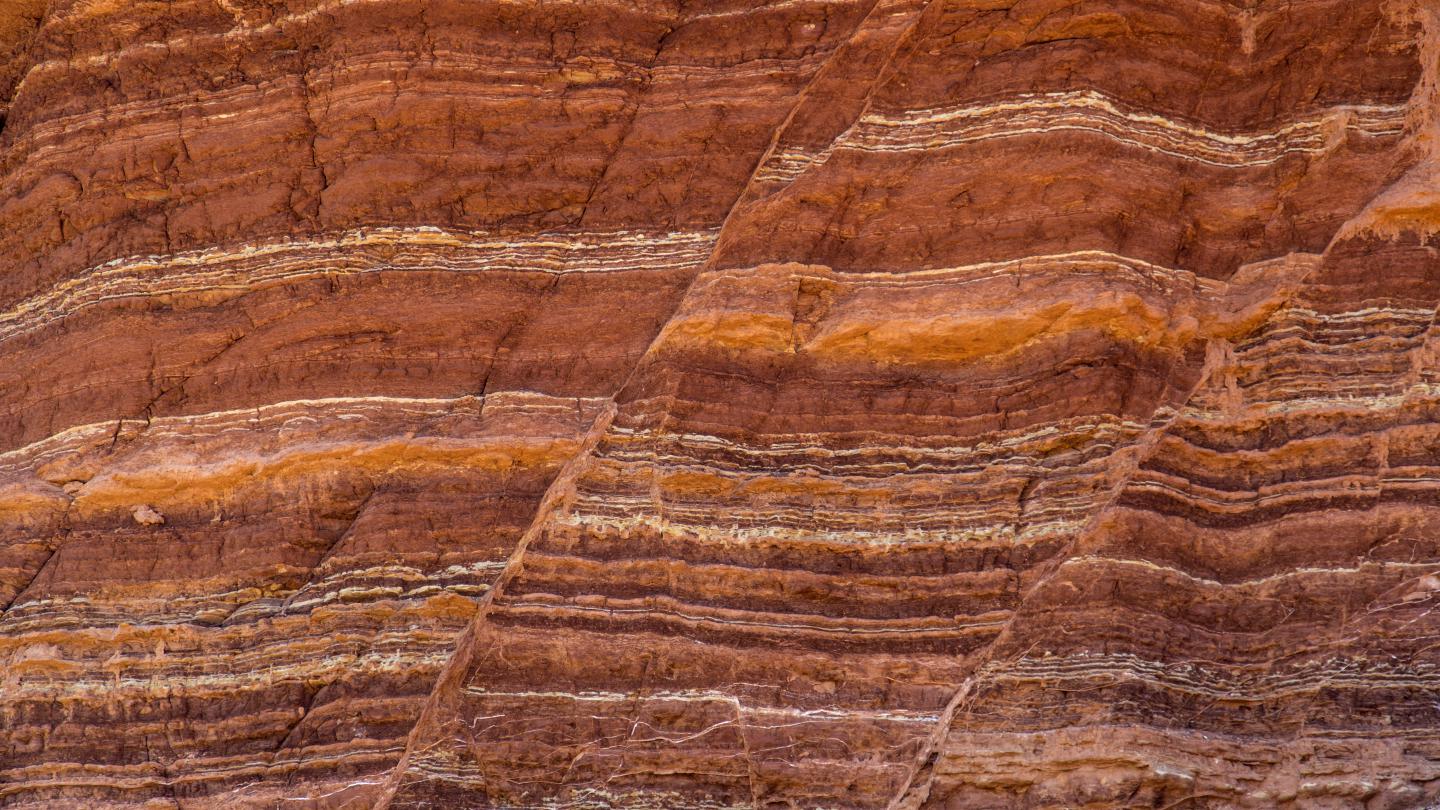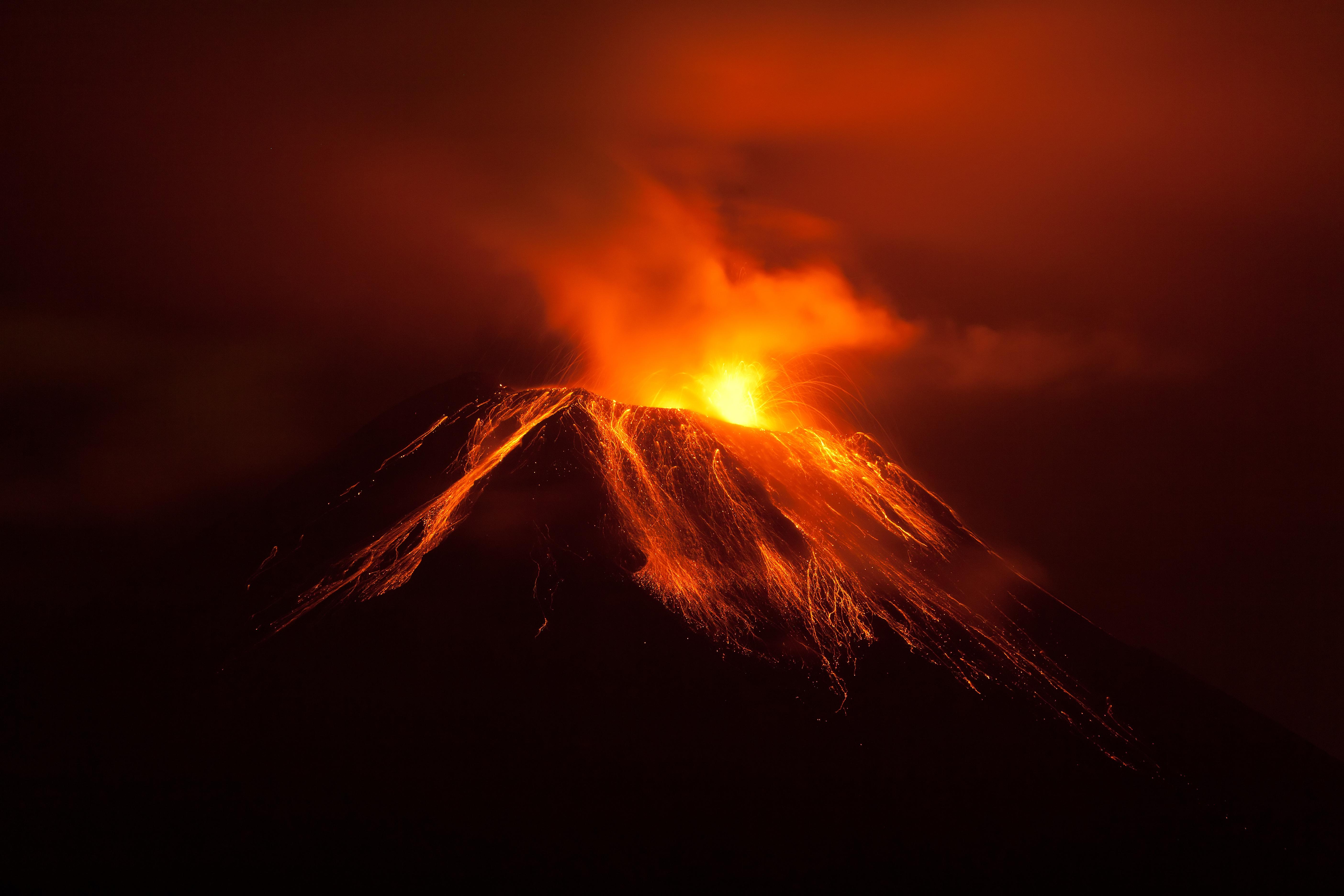A supervolcano can act like a silent, ticking time bomb
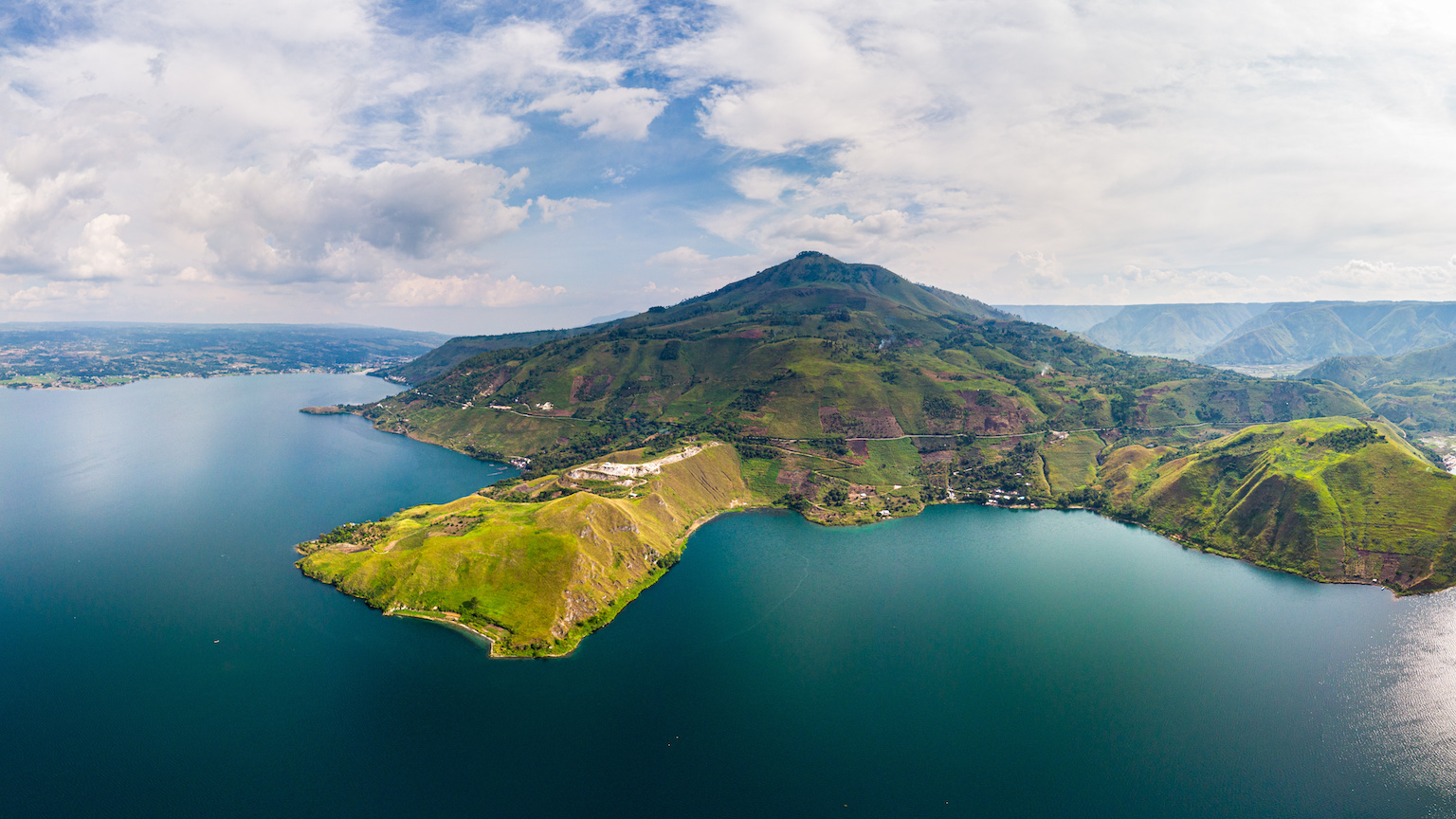
- A new study examined the Toba volcanic system in Indonesia, which erupted twice in the past one million years.
- Results show that magma can thermally mature underground prior to an eruption, without usual surface signs like cracked rocks or released gas.
- The team’s methodology could be used to monitor supervolcanoes.
Volcanic eruptions have disturbed human civilizations throughout history, such as the famous eruption of Vesuvius in 79 AD, where the remains of Pompeii’s citizens are preserved in ash to this day. More recently, 1816 was “the year without a summer” after Mount Tambora in Indonesia altered the global climate.
Though only occurring about every 17,000 years, supervolcanic eruptions — defined by the U.S. Geological Survey as an explosion expelling over 1,000 cubic kilometers of material — are among the most catastrophic events on Earth. (By comparison, Mount St. Helens erupted merely one cubic kilometer of ash in 1980, yet was the deadliest in U.S. history, killing 57 people.) Besides death and destruction, a supervolcanic eruption could tip the Earth into a “volcanic winter” of disruption and famine.
To be better prepared, we need to know when the next eruption will occur. Unfortunately, volcanic eruptions are difficult to predict. Typically, geologists look for certain warning signs, such as the gases expelled from magma or cracks in the volcano’s ground surface. But it is not always clear cut, so scientists want to learn more.
The Toba supervolcano
On the Indonesian island of Sumatra, the Toba supervolcano — which is still active — hides below the serene waters of Lake Toba, which occupies a 100-km long caldera and is the site of the Earth’s most recent supereruption some 75,000 years ago. Toba has only erupted twice in the last million years, the other occurring 840,000 years ago. Though it is debated, the more recent eruption may have cooled Earth and affected the evolution of our human ancestors. And each eruption released around 2,800 cubic kilometers of magma, enough to cover the entire U.S. in a foot of ash.
At level eight, supereruptions are the highest on a scale known as the Volcanic Explosivity Index. They are powered by giant magma reservoirs in the upper part of the continental crust. The magma is high in silica, which makes it viscous and more explosive (and unlike those of, say, Hawaii, which are low in silica and less explosive).
A silent, ticking time bomb
Why supereruptions occur is not fully understood. For instance, it could be that a sudden increase in the rate of magma flux into the reservoir triggers them. But geologists don’t know, which is why a team from the University of Geneva in Switzerland and Peking University in China went to Toba. The researchers aimed to determine what signals indicate an imminent supereruption, and they published their results in a study in the Proceedings of the National Academy of Sciences.
Zircon is often found in explosive eruptions, and the mineral contains various levels of uranium and lead that allow for accurate dating. By combining these measurements with thermal and geochemical modeling, the authors were able to estimate the rate of accumulation of magma beneath Toba’s caldera before the volcano’s previous two eruptions.
The results showed that the rate of magma influx was relatively constant over the past 2.2 million years, suggesting that Toba’s supereruptions were not caused by a sudden increase in magma. Instead, the rising temperature of the magma reservoir over time, known as thermal maturation, is what ultimately set off the explosion.
This result is slightly unsettling, because it means that geological signals on Earth’s surface, like cracked rocks or gas seepage, need not occur prior to an eruption. Supervolcanoes, then, can act like a silent, ticking time bomb. Although the Yellowstone supervolcano is not “overdue” for an eruption, it might be a smart idea to use the team’s methodology to monitor it, just in case.
